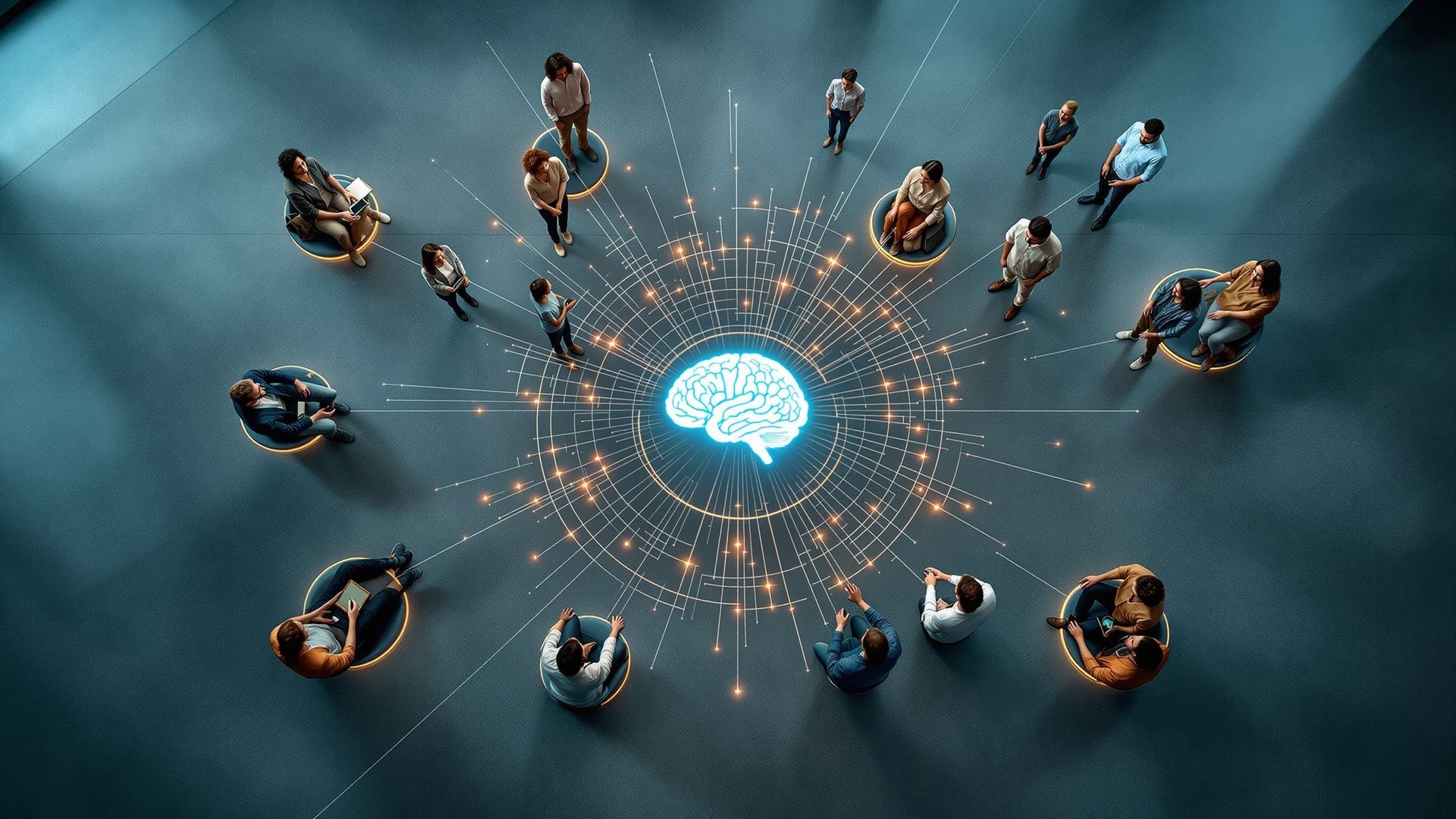
Have you ever noticed how Apple users defend their iPhones with religious fervor? Or how Harley-Davidson riders tattoo the logo on their bodies? These aren't just satisfied customers—they're members of a tribe. And that tribal instinct, hardwired into our brains over millions of years, might be the most powerful marketing tool you're not using.
Here's something wild: when you're excluded from a group, your brain literally hurts. Not metaphorically—actually hurts. UCLA neuroscientist Matthew Lieberman discovered that social rejection lights up the same pain centers in your brain as breaking your arm. Why? Because for our ancestors, being kicked out of the tribe was a death sentence.
Fast forward to today, and that same ancient circuitry explains why people camp overnight for sneaker drops, why Reddit communities police their borders with inside jokes, and why "member since 2007" carries social currency.
When you feel like you belong to an exclusive group, your brain floods with oxytocin—the bonding chemical. Brain scans show that just seeing your group's logo activates your reward centers. Being part of the tribe literally feels like a drug.
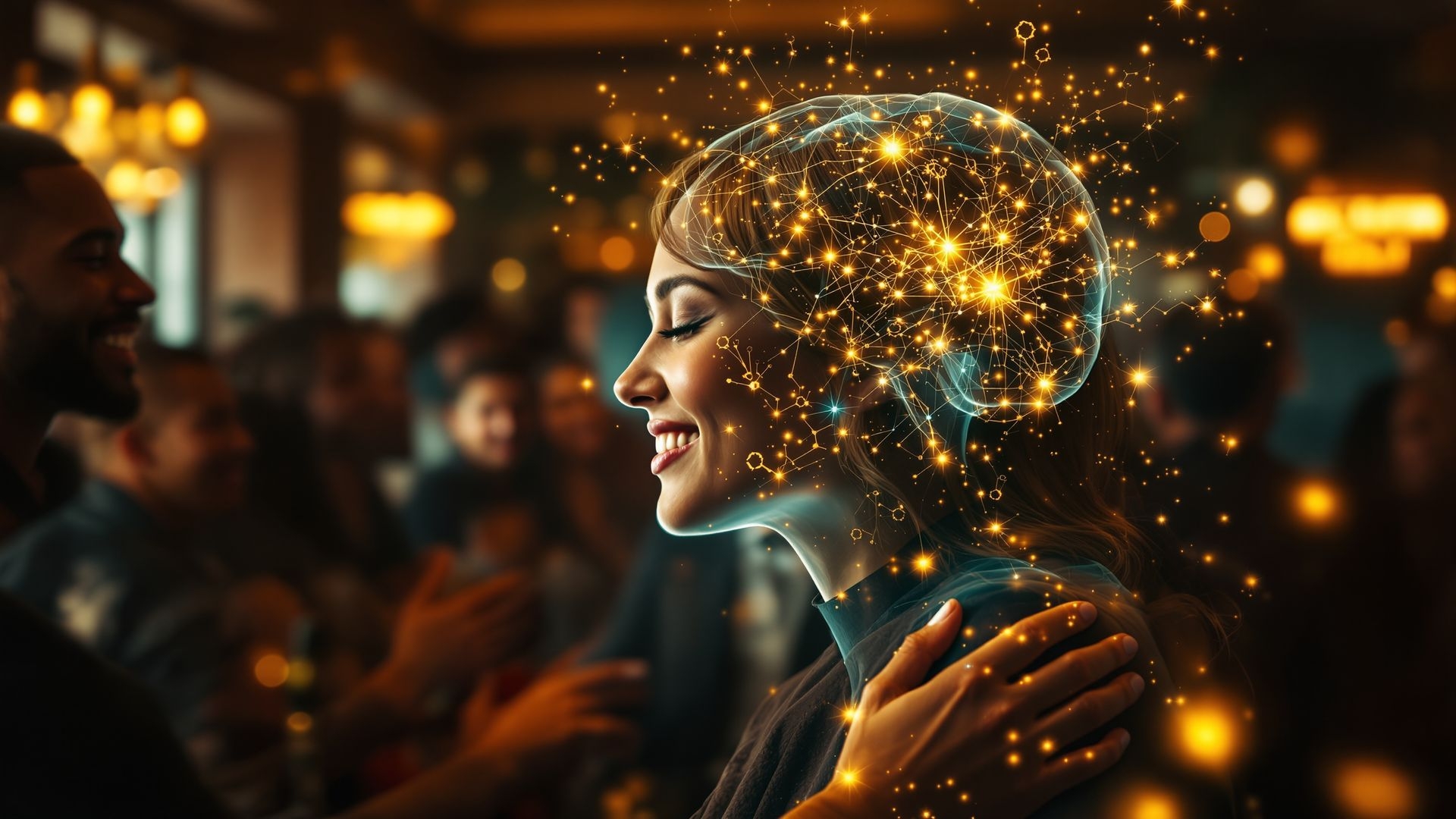
In the 1970s, psychologist Henri Tajfel ran experiments that should concern every marketer. He randomly divided people into groups based on meaningless criteria—like whether they preferred paintings by Klee or Kandinsky. Then he gave them money to distribute.
The result? People consistently favored their randomly assigned group members, even though group membership meant nothing. The implication is staggering: humans are so tribal that we'll show favoritism based on the flimsiest pretexts imaginable.
Smart brands don't fight this instinct—they weaponize it.
Remember the Clubhouse app? For a brief, shining moment in 2021, you couldn't join without an invitation. Celebrities and entrepreneurs scrambled for access. The product wasn't revolutionary—it was an audio chat room. But the exclusivity triggered something primal.
Behavioral economists call this the "scarcity principle," but it's deeper than that. Exclusive communities don't just make the product valuable; they make YOU feel special. Research published in the Journal of Marketing Research confirms that we desire products more when they signal membership in an exclusive group.
We want to belong, but we also want to be different from the masses. Exclusive communities scratch both itches simultaneously.
Apple's Blue Bubble Tribe: The iMessage blue bubble versus green bubble divide seems petty, right? But it's genius ingroup-outgroup psychology. Blue bubble users share a seamless ecosystem, while green bubble messages feel like communication with the outgroup. This "trivial" distinction creates powerful tribal loyalty.
Patagonia's Environmental Warriors: When you buy Patagonia, you're not just buying a jacket—you're joining the environmentalist tribe. The brand's activist stance creates what psychologists call "identity fusion": a deep sense of oneness with the group that transcends rational self-interest. Patagonia customers will defend the brand like family.
Sephora's Hierarchy of Beauty: The Beauty Insider program with its Rouge, VIB, and Insider tiers creates an internal status game. Brain research shows that status increases literally activate your brain's pleasure centers. Members compete to climb the ladder because evolution made us status-seeking creatures.
Make Them Earn It: Glossier built its empire on waitlists and referrals. Membership felt earned, not bought. Free-for-all communities lack the psychological weight of groups with barriers to entry.
Create Your Own Language: Starbucks could sell small, medium, and large. Instead, they created tall, grande, and venti—linguistic markers of insider status. Every time you order correctly, you signal tribe membership.
Let Members Talk to Each Other (Not Just to You): Here's the counterintuitive truth: peer validation activates reward circuits in your brain more powerfully than brand messaging. GoPro barely creates its own content—the tribe does it for them.
Celebrate Your Champions: Feature member stories. Spotlight customer successes. When you celebrate a community member, you activate their reward systems AND create aspirational models for others. Everyone wins.
Find a Common Enemy (Carefully): Mac versus PC. Coke versus Pepsi. Android versus iOS. Common adversaries strengthen ingroup bonds. But tread carefully—you want friendly rivalry, not actual hostility.
Let's be honest: ingroup favoritism inherently creates outgroup derogation. When you strengthen the "us," you automatically create a "them." Research consistently shows that enhanced ingroup identification can increase bias against outgroups.
The tobacco industry pioneered these techniques with campaigns like "Marlboro Country," creating identity-based tribes around deadly products. The lesson: these tools are powerful, which means they can be powerful for good or ill.
Ethical community building requires:
Traditional metrics miss the tribal dynamics. Instead, track:
Research shows that customer-to-customer relationships within brand communities predict loyalty better than customer-to-brand relationships. Your job isn't to be at the center—it's to facilitate the connections.
The most successful brands of the next decade won't be those with the best products or the biggest ad budgets. They'll be the ones that make customers feel like they're part of something bigger than a transaction.
Your customers aren't just looking for solutions—they're looking for identity, belonging, and meaning. The brands that understand this aren't selling products; they're offering membership in tribes that matter.
The tribal instinct that kept our ancestors alive on the savanna is the same instinct that drives someone to wait hours for a Supreme drop or defend their favorite brand on Twitter. It's not rational. It's neurological.
And if you're not building a tribe around your brand, someone else is building one around theirs.
The question isn't whether to use tribal psychology in your marketing. Human beings are tribal whether you acknowledge it or not. The question is whether you'll create communities that elevate and include, or ones that exclude and divide.
Choose wisely. Your customers' brains—and your bottom line—will thank you.
Amaldoss, W., & Jain, S. (2005). Conspicuous consumption and sophisticated thinking. Management Science, 51(10), 1449-1466.
Brewer, M. B. (1999). The psychology of prejudice: Ingroup love or outgroup hate? Journal of Social Issues, 55(3), 429-444.
Cialdini, R. B. (2009). Influence: Science and practice (5th ed.). Pearson Education.
Lieberman, M. D., & Eisenberger, N. I. (2009). Pains and pleasures of social life. Science, 323(5916), 890-891.
McAlexander, J. H., Schouten, J. W., & Koenig, H. F. (2002). Building brand community. Journal of Marketing, 66(1), 38-54.
Swann, W. B., Jetten, J., Gómez, Á., Whitehouse, H., & Bastian, B. (2012). When group membership gets personal: A theory of identity fusion. Psychological Review, 119(3), 441-456.
Tajfel, H., Billig, M. G., Bundy, R. P., & Flament, C. (1971). Social categorization and intergroup behaviour. European Journal of Social Psychology, 1(2), 149-178.
Van Bavel, J. J., Packer, D. J., & Cunningham, W. A. (2008). The neural substrates of in-group bias: A functional magnetic resonance imaging investigation. Psychological Science, 19(11), 1131-1139.
Vohs, K. D., Wang, Y., Gino, F., & Norton, M. I. (2013). Rituals enhance consumption. Psychological Science, 24(9), 1714-1721.
Zink, C. F., Tong, Y., Chen, Q., Bassett, D. S., Stein, J. L., & Meyer-Lindenberg, A. (2008). Know your place: neural processing of social hierarchy in humans. Neuron, 58(2), 273-283.
![]() NeuroMarket
NeuroMarket
Leap Ahead of the Competition with Science Based and AI Marketing tools!
https://bp.neuromarket.co/![]() Wishcraft.dev
Wishcraft.dev
Dream It. Build It. Launch It. Turn Your Vision into Digital Reality
https://wishcraft.dev/ 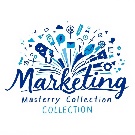 Marketing Mastery Collection: 50 Cutting-Edge Strategic Insights
Marketing Mastery Collection: 50 Cutting-Edge Strategic Insights
Avoid throwing darts and wasting marketing dollars, dive into science based cutting-edge strategies that blend psychological understanding and strategic thinking for compelling marketing narratives that drive meaningful engagement and measurable results. https://mmc.neuromarket.co
 MindMarket Academy - The Science of Marketing and Selling, Simplified
MindMarket Academy - The Science of Marketing and Selling, Simplified
https://mindmarketacademy.com/
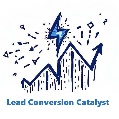 Lead Conversion Catalyst − Transform Your Email Strategy with AI-Powered Personalization!
Lead Conversion Catalyst − Transform Your Email Strategy with AI-Powered Personalization!
https://leads.neuromarket.co/

AI Audio Alchemy − Simplify your podcast episode creation, audio book narration, or voice overs while lowering cost.
https://aaa.neuromarket.co
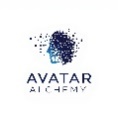
Avatar Alchemy − Simplify your podcast episode creation, audio book narration, or voice overs while lowering cost.
https://aaa.neuromarket.co
© 2025 All rights reserved
Sawatch Solutions LLC
https://cms.sawatchsolutions.com/